Table of Contents
● Introduction
● Market overview
● Different types and their features
● Things to consider when selecting products
● Conclusion
Introduction
The train parts and accessories industry supports passenger and freight rail systems worldwide. With increasing urbanization and a focus on sustainability, demand for innovative and efficient components is rising. Companies must stay competitive by embracing advancements in electrification, lightweight materials, and digital technologies. As global rail networks expand, selecting the right parts becomes essential for maintaining operational efficiency. Understanding these trends ensures businesses remain aligned with market needs and regulatory requirements.
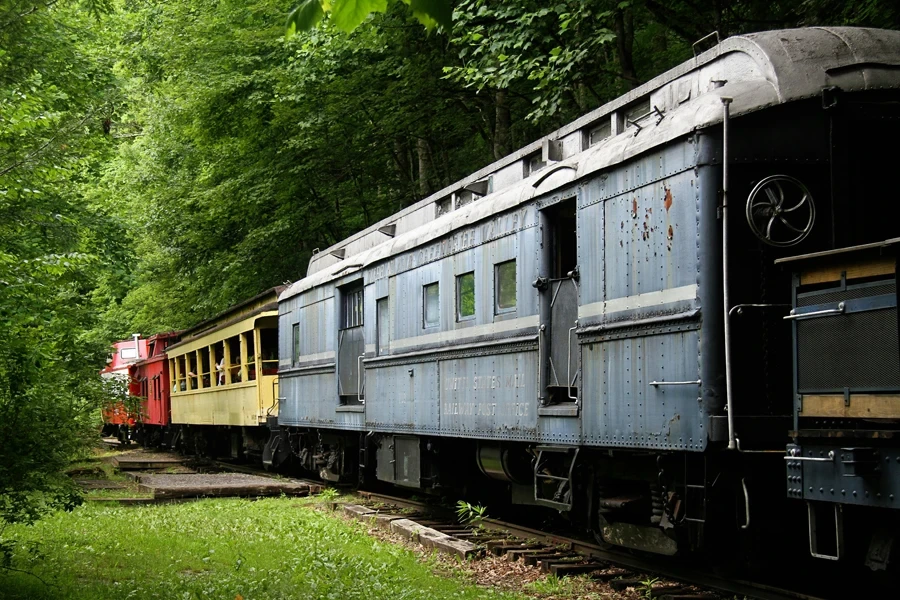
Market overview
The global train parts and accessories market is projected to grow significantly, expanding from $227.02 billion in 2023 to $246.21 billion in 2024, with further growth expected to reach $330.87 billion by 2028 at a compound annual growth rate (CAGR) of 7.7%. According to market data, this growth is driven by key factors such as rapid urbanization, increased investments in high-speed rail networks, and government initiatives to promote sustainable transportation solutions. The ongoing trend toward electrification of rail systems and the growing expansion of freight rail services are expected to fuel demand for innovative components and solutions. Additionally, regulatory compliance and the focus on digitalization further enhance the modernization of train systems globally.
Market segmentation reveals critical categories, including parts and accessories for railway vehicles, locomotives, wagons, and other rolling stock. Subsegments cover components like motors, wheels, bogies, and braking systems. Divisions are made by train types—metro, light rail, and high-speed rail—and applications like passenger and freight transport. In 2024, Western Europe is projected to hold the largest market share, accounting for 35% of the global revenue, followed closely by Asia-Pacific, with a market share of around 30%. The Asia-Pacific region is expected to experience the fastest growth, driven by rapid urbanization and increasing investment in sustainable rail infrastructure. Major companies, including CRRC Co. Ltd., Siemens AG, Wabtec Corporation, and Alstom SA, are expected to capitalize on these trends, maintaining their market leadership as the industry expands, according to The Business Research Company.
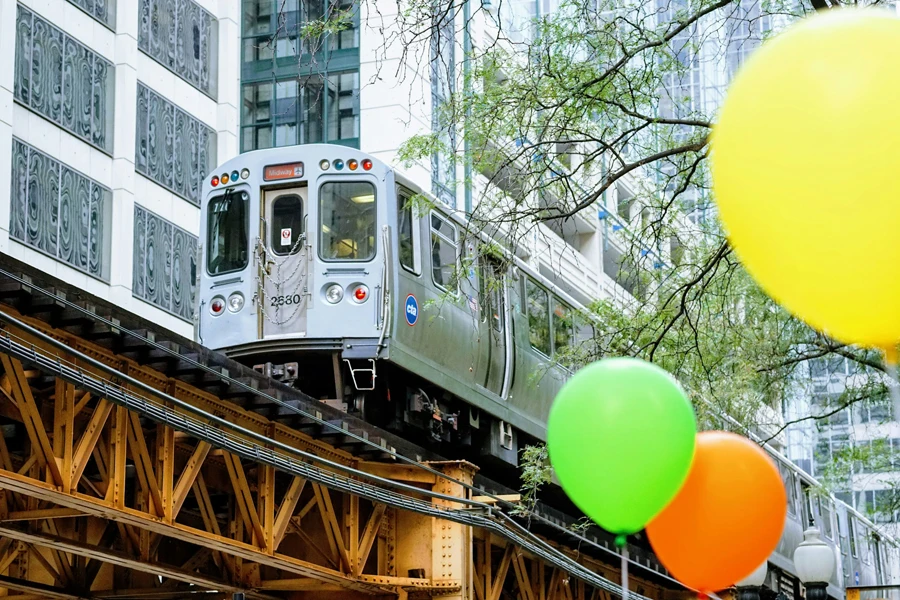
Different types and their features
The train parts and accessories market encompasses various components designed to ensure rail systems’ efficient and safe operation. Understanding these elements, from rail tracks to essential components like motors and braking systems, is critical for performance and maintenance.
Key components
Key components like motors, wheels, bogies, and braking systems are vital to a train’s functionality. Diesel-electric and fully electric motors provide the necessary propulsion to move trains efficiently. The shift toward electrification is helping reduce emissions and improve energy efficiency, especially in high-speed rail and metro systems. Wheels and bogies are responsible for load distribution and stability, with lightweight materials such as aluminum and advanced alloys improving fuel efficiency. Braking systems, a critical safety feature, have also seen innovations with regenerative braking technologies, which allow trains to recover energy during braking and improve overall performance.
Rail tracks
Rail tracks are the foundation of any rail system and are available in several types depending on their application. Heavy-haul tracks are designed to handle high axle loads and are commonly used in freight systems. These tracks require robust materials, typically steel or prestressed concrete, to support the heavy loads and high-impact forces. High-speed rail tracks are built for trains operating at speeds exceeding 200 km/h and demand precise alignment and smoothness to maintain stability and reduce vibrations. Curved tracks are employed in regions where the rail line bends, requiring specific designs for safe maneuvering around tight corners. According to data, the durability of these tracks is enhanced through composite materials that reduce wear and extend the service life of the infrastructure.
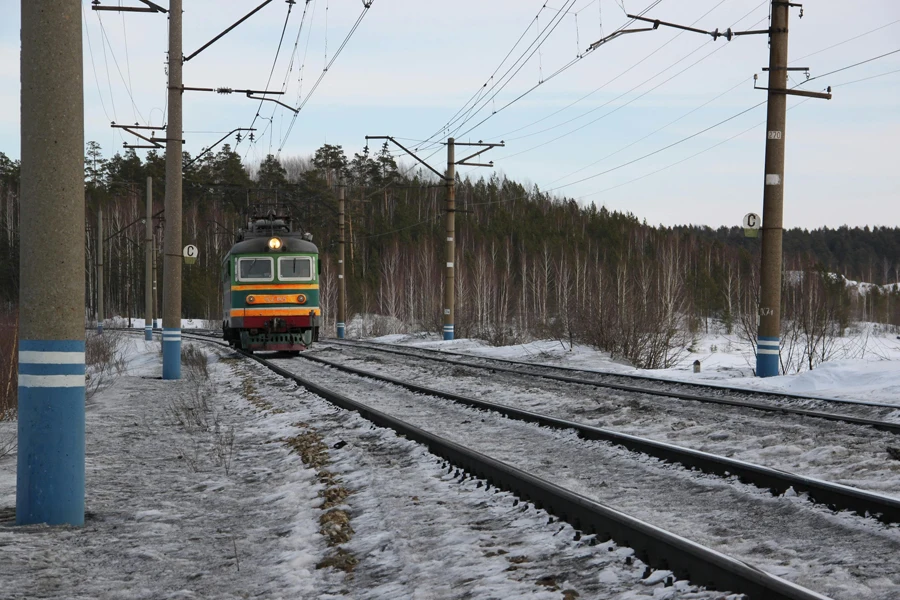
Wear parts
Wearing parts such as liners, pads, and fasteners is critical to ensure the longevity of the rail system. These components are subject to high stress and friction, requiring frequent replacements. Modern materials like Kevlar and advanced rubber compounds are increasingly used in wear parts due to their ability to absorb shock and withstand extreme temperatures. According to industry reports, these materials significantly reduce maintenance costs and enhance operational safety by preventing critical failures in high-stress environments.
Locomotive features
Locomotives are the driving force of the rail system, and advancements in diesel-electric and electric locomotives are shaping the future of train transportation. Diesel-electric locomotives combine diesel engines with electric transmission, offering long-distance freight and passenger transport flexibility. However, fully electric locomotives are increasingly preferred due to their zero emissions and higher energy efficiency, particularly in urban and high-speed rail networks. These electric models reduce operational costs and offer smoother acceleration and braking, vital for modern, environmentally friendly transport systems.
Things to consider when selecting products
Selecting the right train parts and accessories ensures efficient operations, safety, and long-term durability. Several factors, such as material quality, customization options, compliance with regulations, and cost-performance balance, must be carefully evaluated when choosing components.
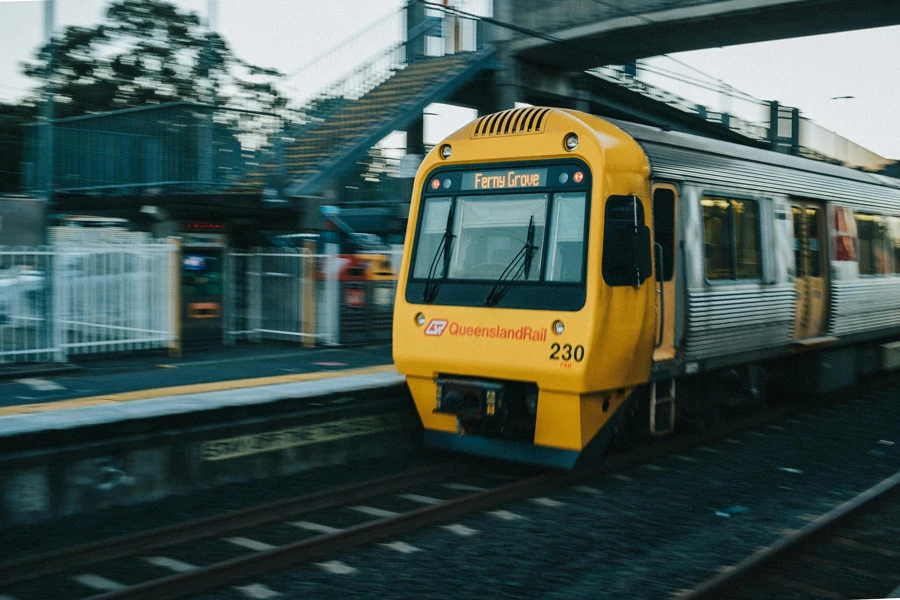
Durability and materials
Durability is a key consideration when selecting train components, as the materials used directly impact the longevity and reliability of the product. High-grade steel is commonly used for rails, as it can withstand heavy loads and is frequently used, making it essential for high-traffic areas like freight lines. Composite materials have become popular for components like sleepers due to their resistance to wear, flexibility, and environmental sustainability. These materials help distribute the train’s weight more effectively and offer improved shock absorption. According to industry sources, composite sleepers are also resistant to extreme weather conditions, extending their lifespan further.
Customization
In the rail industry, customization is often required to meet specific operational needs. For instance, custom-molded friction products are used in critical systems like brakes to ensure optimal performance in different environments. Rubber parts are commonly customized to provide enhanced shock absorption in areas where trains are subject to high vibrations, such as mountainous or curved track sections. Customizing parts to fit particular applications ensures the rail system operates smoothly and reduces the risk of premature wear or failure. According to reports, tailored solutions improve the performance of individual components and contribute to overall system efficiency.
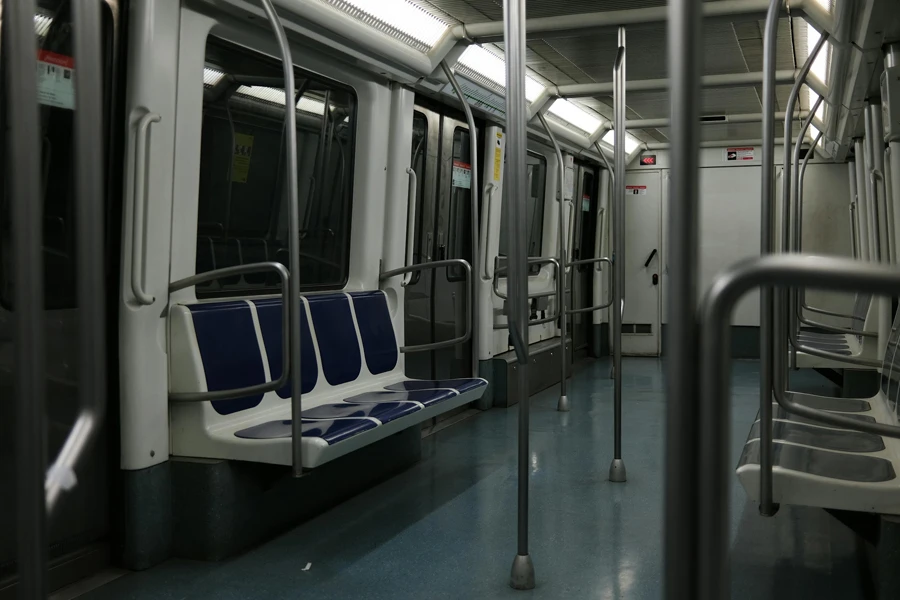
Regulatory compliance
Another critical factor is ensuring that train components meet regional safety and environmental standards. Products must comply with strict regulatory requirements, especially in regions with advanced rail systems like Western Europe and Asia-Pacific. As government initiatives increasingly push for sustainable transport, components must meet environmental criteria, such as reducing emissions and energy consumption. For example, using electric locomotives aligns with policies aimed at cutting carbon emissions, and all components must be tested to ensure they meet these regulations. According to industry data, companies that invest in compliant products are better positioned to participate in government contracts and international rail projects.
Cost vs. performance
Balancing initial investment with long-term performance is essential, particularly when selecting high-wear parts such as fasteners and rail pads. While lower-cost options may seem attractive, the lifecycle maintenance costs of cheaper products can be significantly higher due to more frequent replacements and increased downtime for repairs. Kevlar-lined fasteners and rubber rail pads are examples of components that, while more expensive upfront, offer superior durability and reduced maintenance needs. According to data, investing in high-performance materials for these components can lower overall operational costs and increase the reliability of the rail system over time.
Conclusion
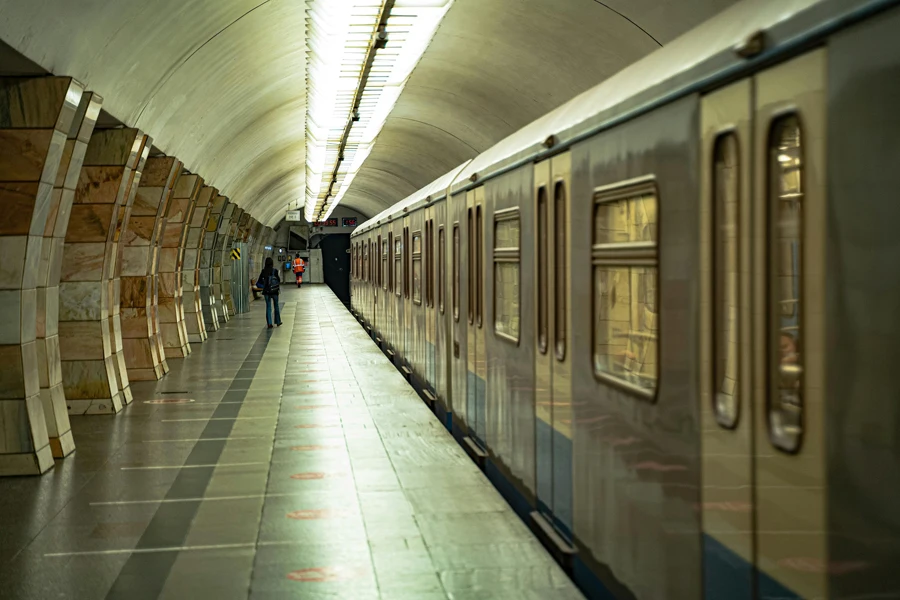
The train parts and accessories market is rapidly evolving, driven by materials, electrification, and customization advancements. For businesses to stay competitive, selecting components prioritizing durability, regulatory compliance, and tailored solutions is crucial. High-quality materials like steel and composite, alongside innovations in custom-molded parts, enhance the reliability and lifespan of rail systems. Moreover, adherence to regional safety and environmental standards is becoming increasingly important as governments push for sustainable transport solutions. By making informed choices, companies can boost operational efficiency, reduce maintenance costs, and contribute to the sustainability of rail networks. Investing in the right components is essential for meeting the demands of a growing global rail industry and ensuring long-term success.




